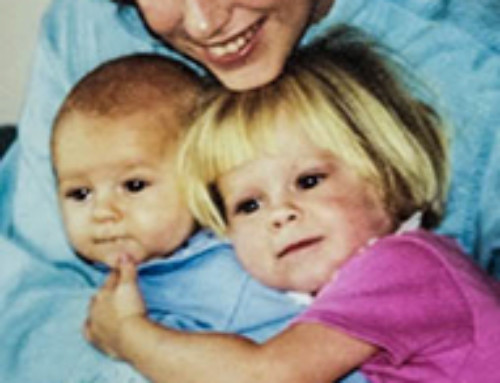Right, Left and Center
Through A Different Lens
The games have begun. We already see a ramping up of emotional intensity among party loyalists on both sides. Before we get carried away into an unintended brawl, let us remember who we are.
We are a melting pot of divergent thinkers. Our forefathers risked life and limb on a novel social experiment. Success was not guaranteed. Yet, the noble notions of freedom of speech, thought and religion ignited the imagination of a nascent nation. Quickly, these agreed upon ideals spawned differing ideas about implementation. How large or small should government be? How far-reaching or limited its reach? In the tension of opposing ideologies, the Constitution was produced. The Bill of Rights was signed.
In a sense, America is still an experiment. Can a nation grown large continue to honor its commitment to lawful democracy? To a collaborative effort between differing people who agree to disagree with civility and decorum?
Dr. Carl Jung, famed Swiss psychoanalyst, theorized a “transcendent third” principle. When seemingly polarized tensions pull against each other, there is the possibility of an emergent, transcendent third. Another option, born perhaps of the differing poles, but constituting a whole new idea altogether. A new possibility.
Decent people in all three political parties want to address societal ills and govern in ways that promote the well-being of the country. They virulently disagree on methodology. Imagine a country that transforms the tension of our differences into a nation that reflects the highest and best of dueling ideologies.
I am gifted with the perplexing privilege of deep friendship with people all along the political spectrum, from right to left and including centrist in the middle. Perhaps this “rainbow coalition” in my life motivates my earnest desire that people co-operate with each other in a way that capitalizes on the strength of each perspective and mitigates against the excesses inherent in any unchallenged belief system. My private smorgasbord shows me that it is possible, though challenging.
Such collaborative synergy requires respect for differences. It demands listening and looking through the lens of understanding. Myers-Briggs Personality Type theory offers us such glasses. Myers-Briggs is a well-known and widely used personality indicator that considers the differing “habits of mind” that constitute our individual differences.
The following four blog articles will describe the mental preferences which then become the building blocks for determining your personality type. As you read, you will likely see yourself with a delighted “a-ha” experience. And, you will also see those “strange” others who are just not you!
Viva la differance!



